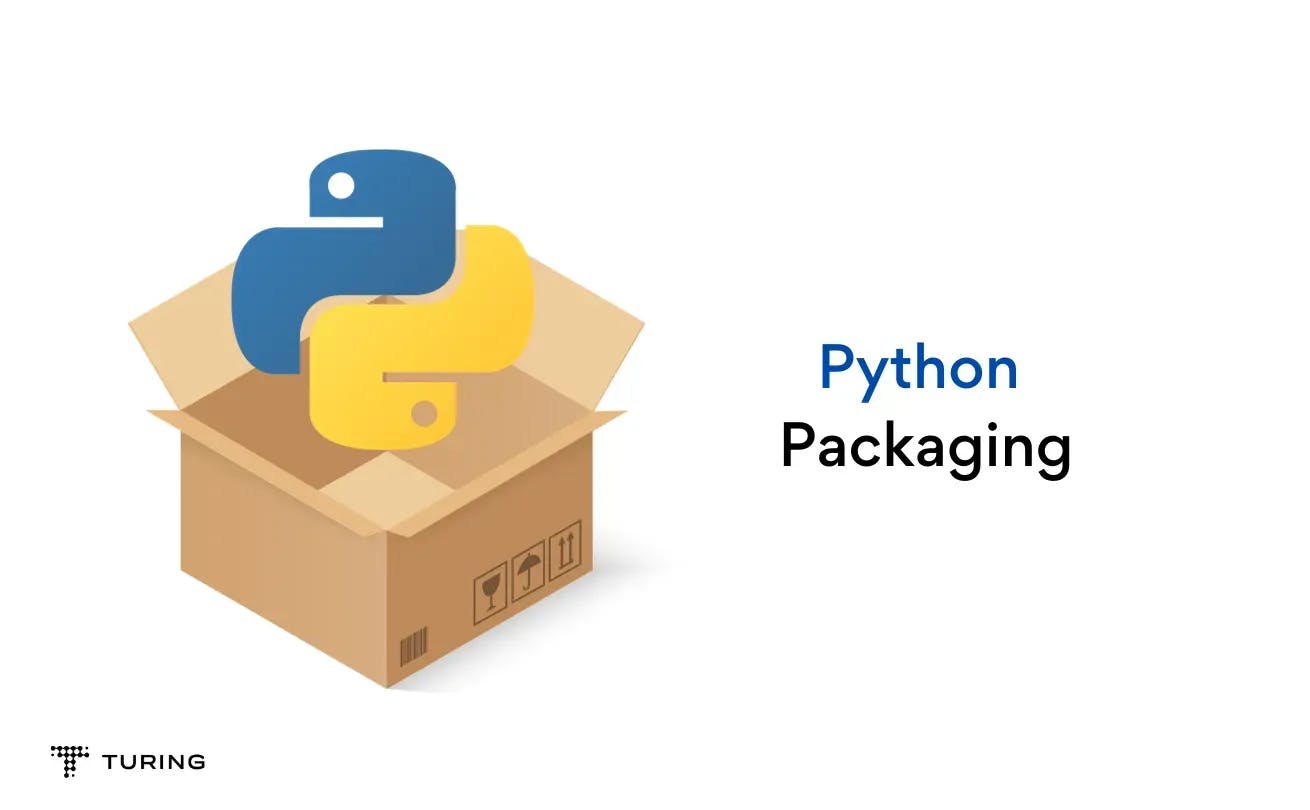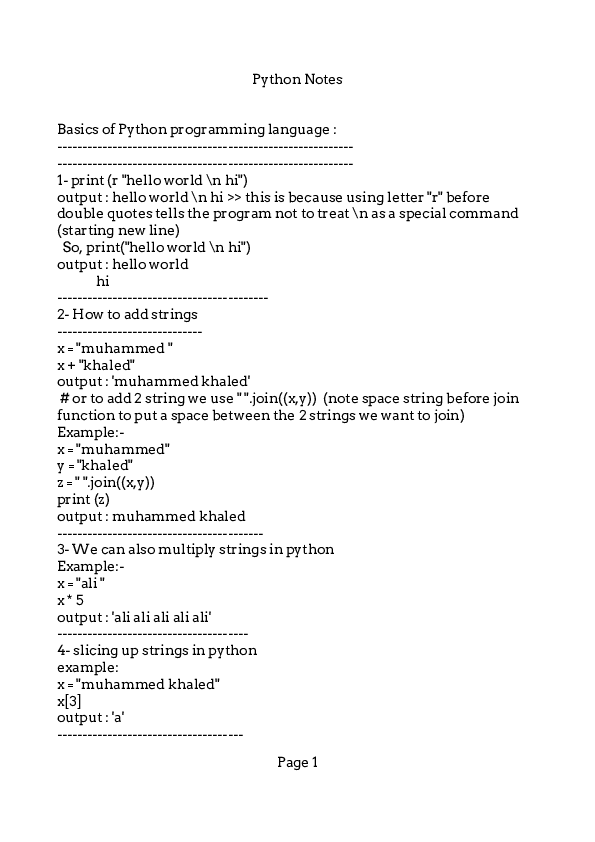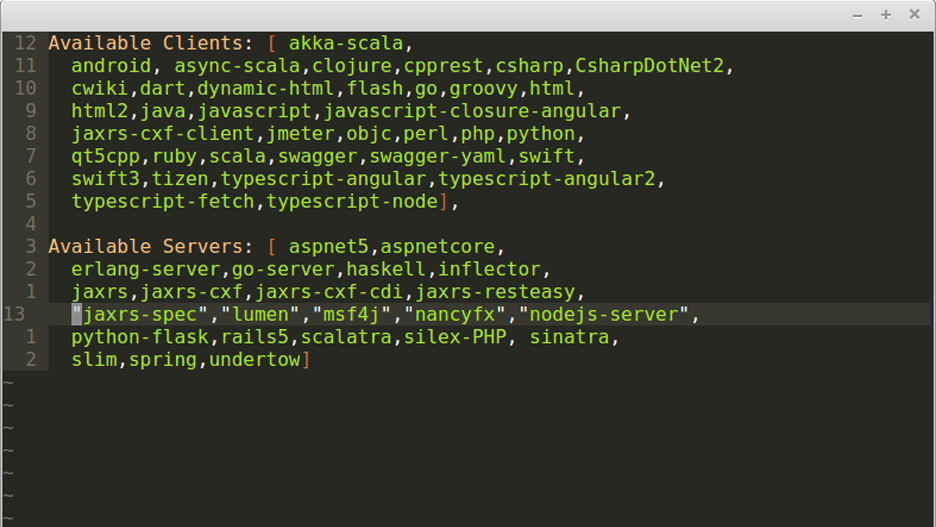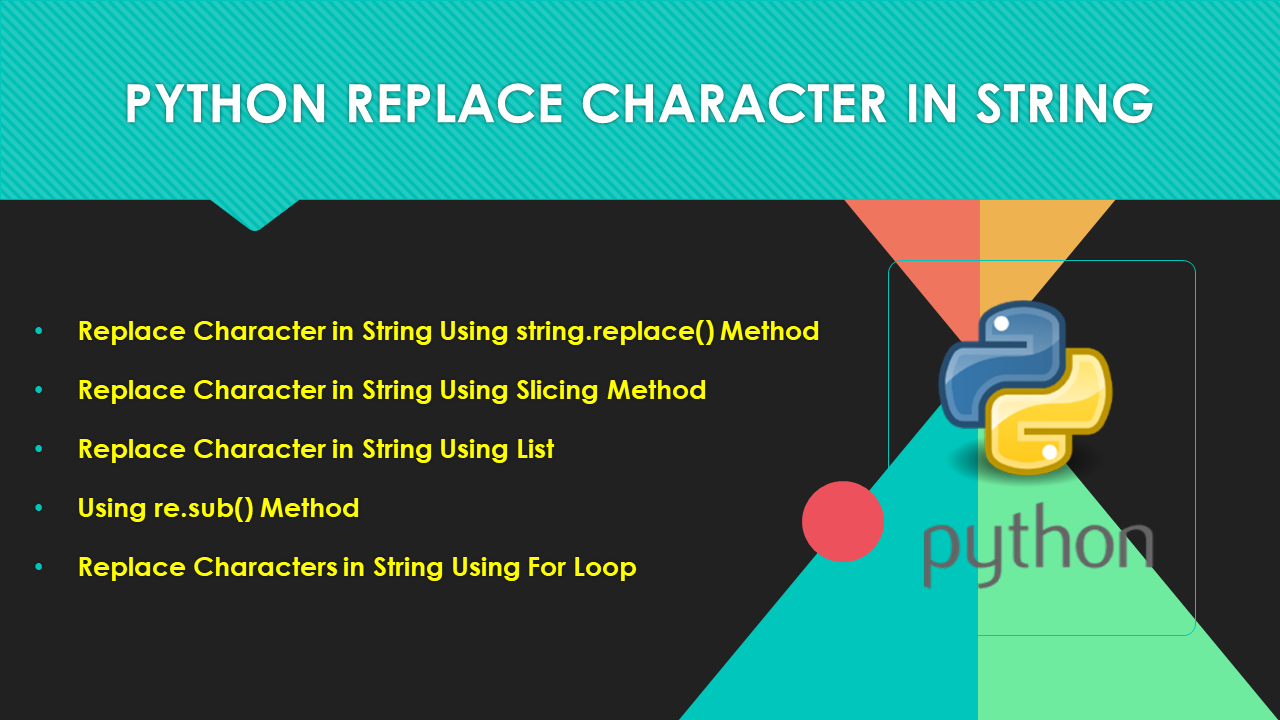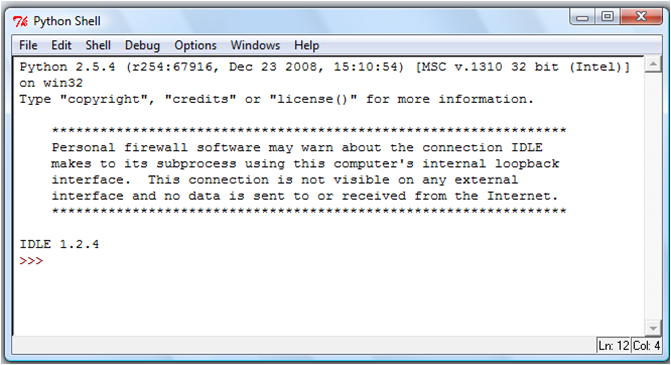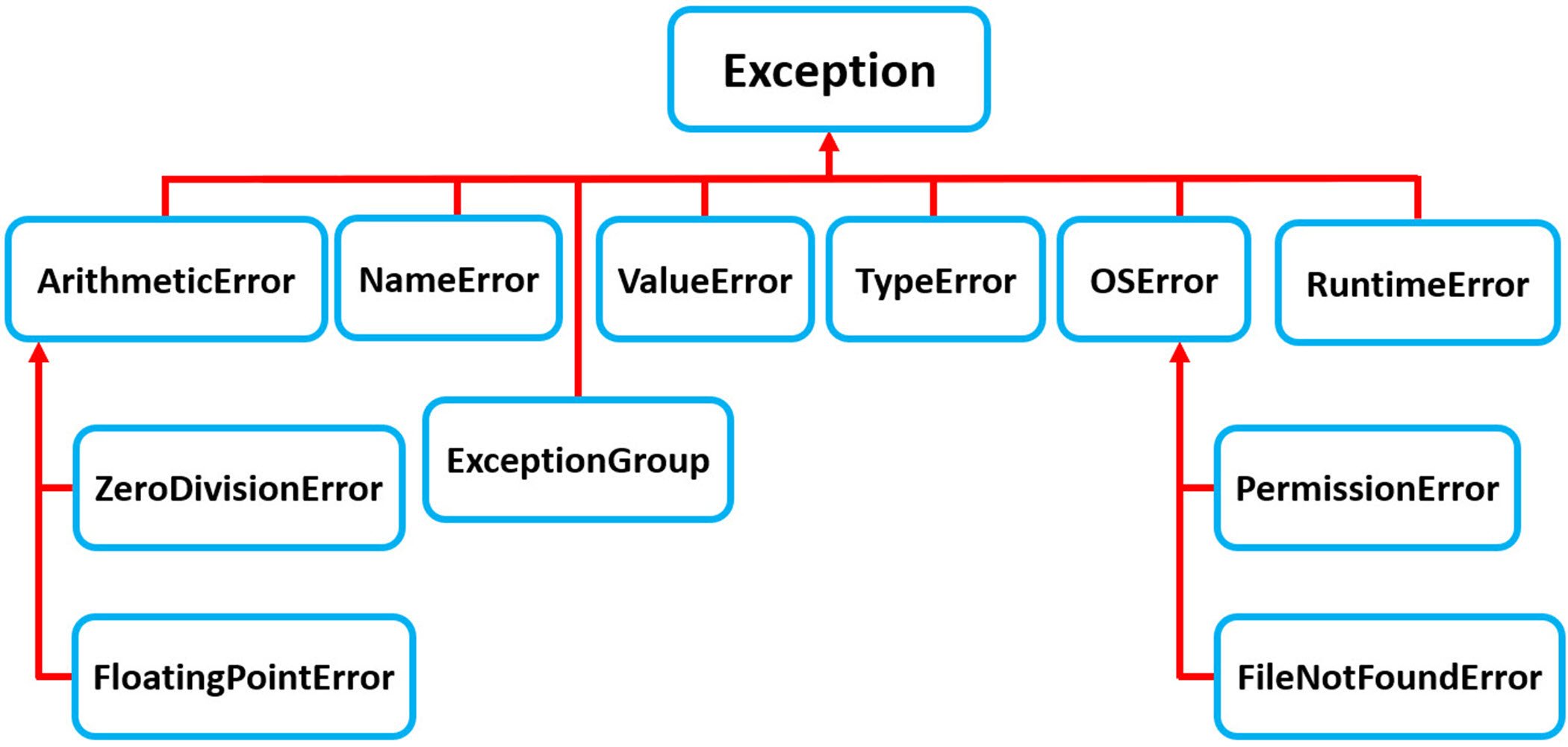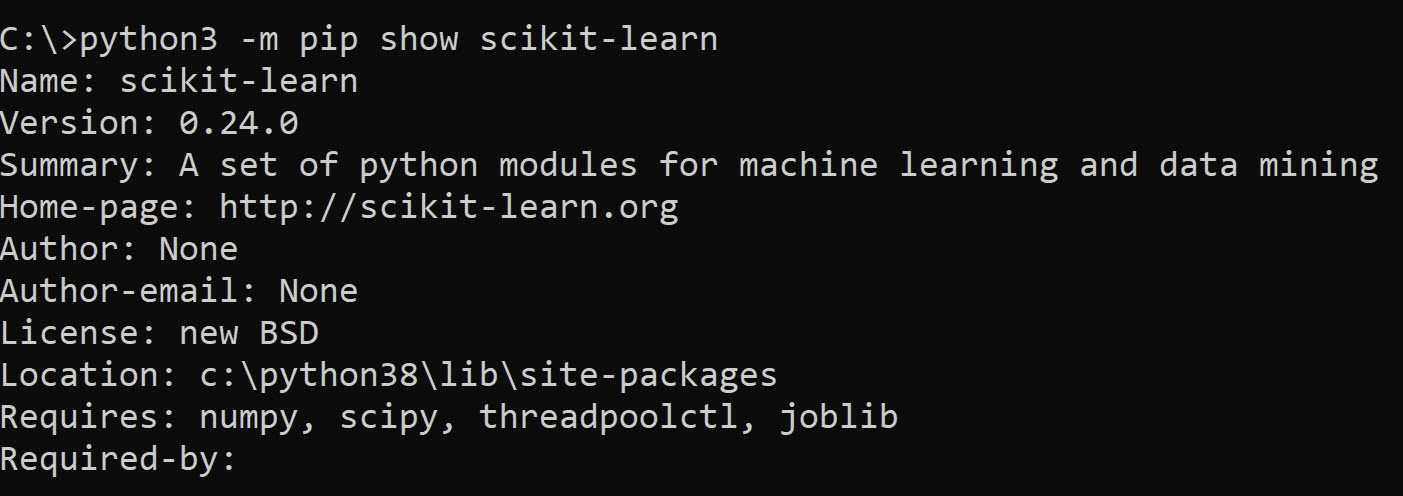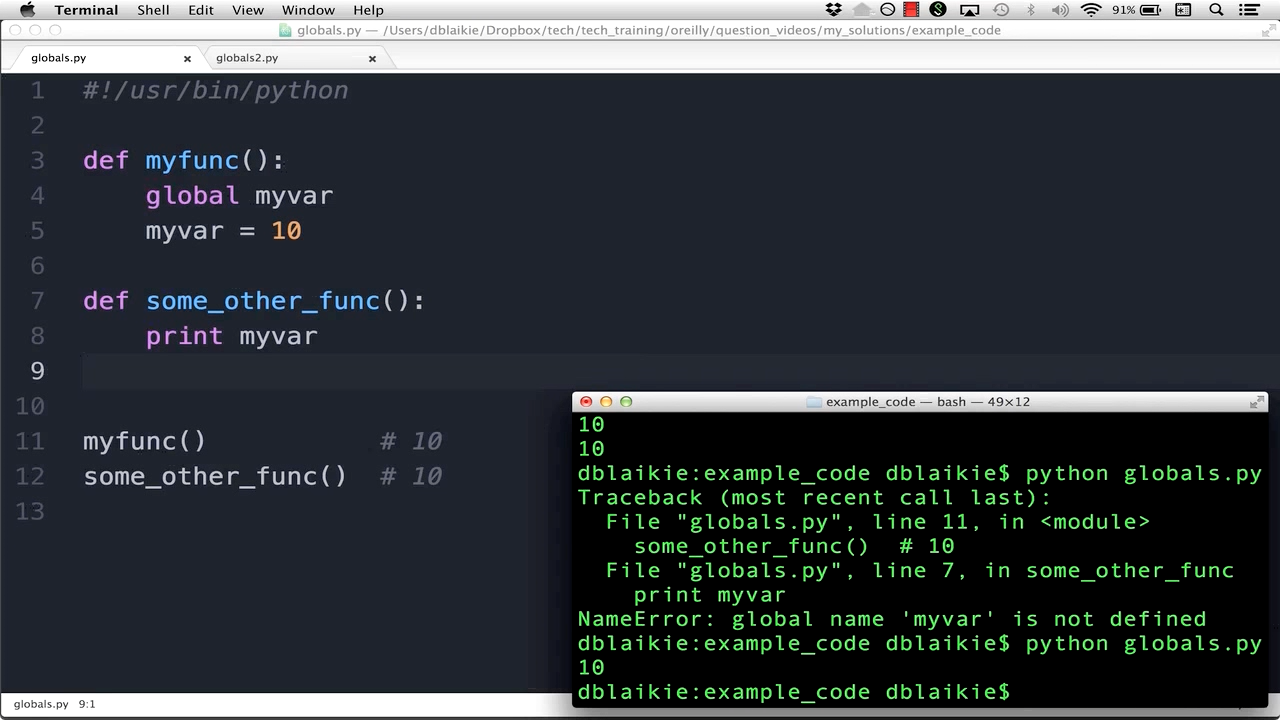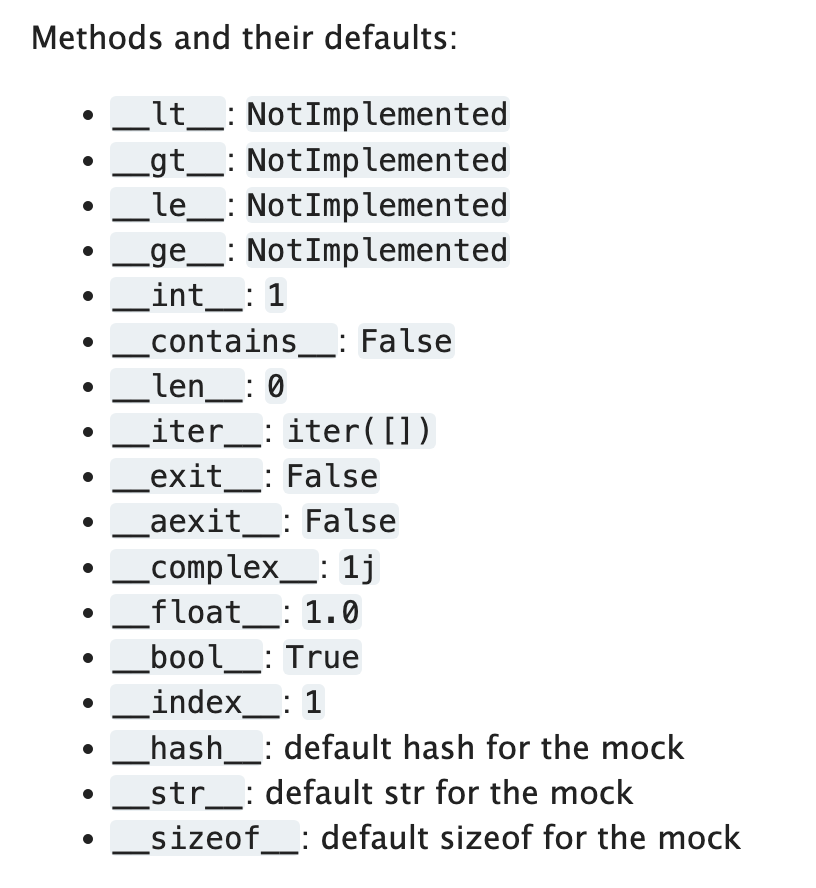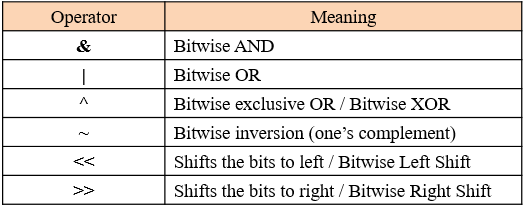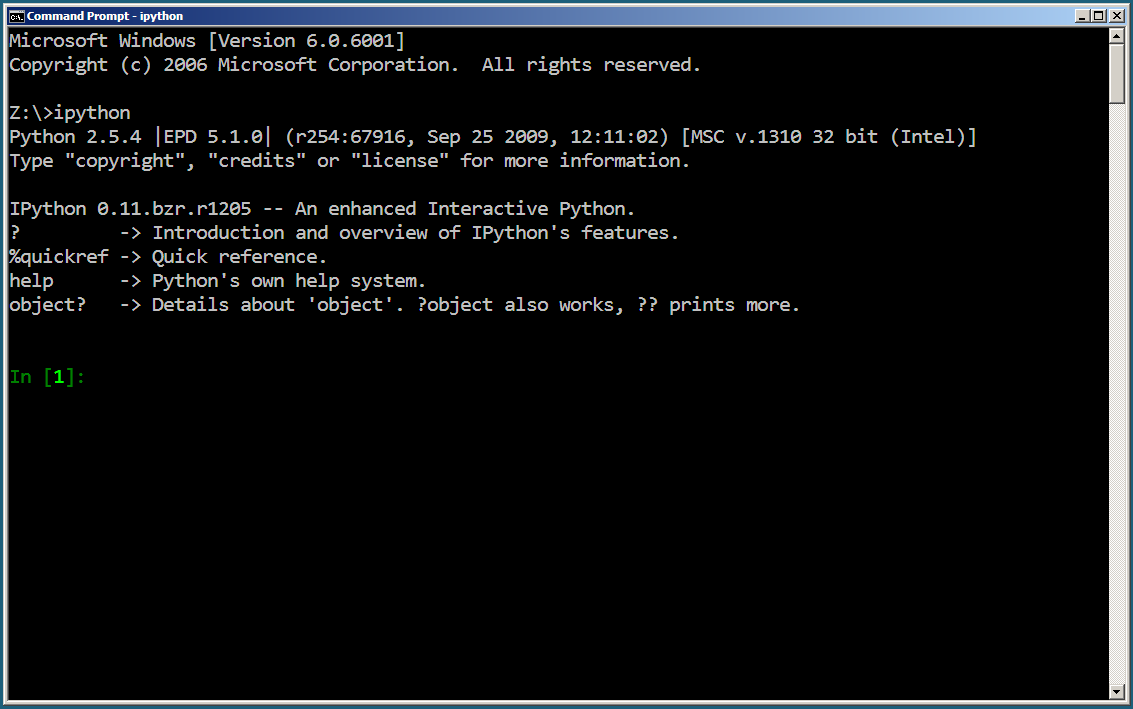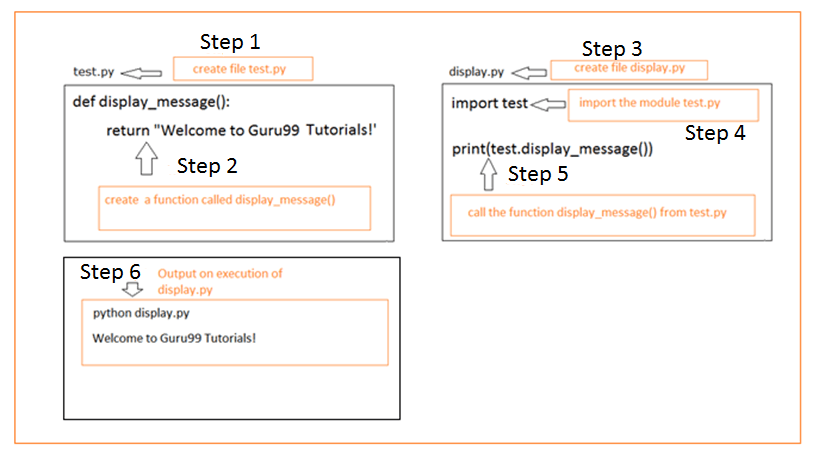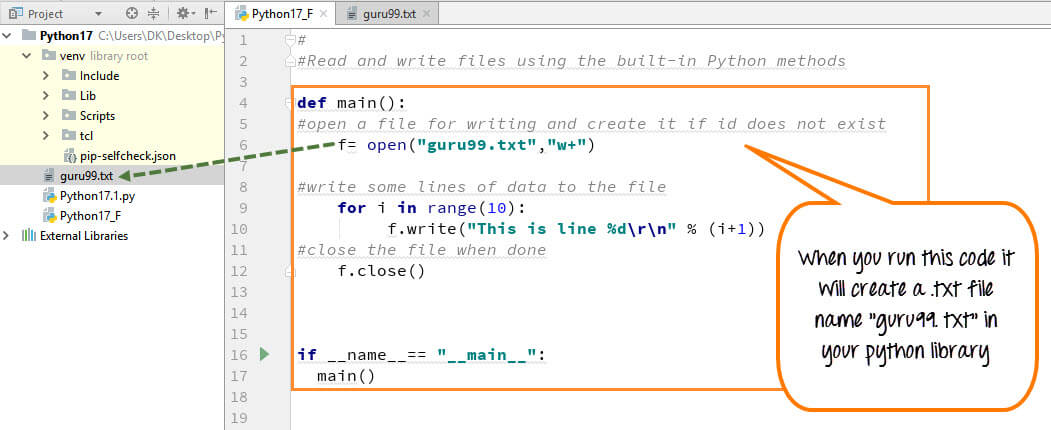How to create a list in Python
How to create a list in Python
I'm happy to help you with that!
Creating a list in Python is relatively straightforward. In this language, a list is a collection of items which can be of any data type (strings, integers, floats, etc.). You can create a new list using the [] syntax.
Here's how to do it:
my_list = []
In this example, my_list is an empty list. When you don't specify anything inside the brackets, Python will automatically create an empty list for you.
If you want to add items to your list, you can do so by assigning a value to an index (or key). For instance:
my_list = ['apple', 'banana', 'cherry']
Here, we've added three items ('apple', 'banana', and 'cherry') to the my_list. These are all strings, but you can add different data types as well. For example:
my_list = [1, 2, 3]
Now, my_list contains three integers.
If you want to create a list with specific values, you can do so by providing those values in the brackets. Here's how:
my_list = ['apple', 'banana', 3, 4.5, True]
As shown above, we've added various items (strings, integers, float, and boolean) to our list.
You can also use the list() function to convert other data structures into lists. For example:
my_string = "Hello, World!"
my_list = list(my_string)
print(my_list) # Output: ['H', 'e', 'l', 'l', 'o', ',', ' ', 'W', 'o', 'r', 'l', 'd']
Here, we've used the list() function to convert our string into a list of characters.
Lastly, you can also create an empty list and add items to it dynamically. Here's how:
my_list = []
for i in range(5):
my_list.append(i)
print(my_list) # Output: [0, 1, 2, 3, 4]
As shown above, we've created an empty list and added five integers to it using a for loop.
I hope this helps you learn how to create lists in Python!
What is list and tuple in Python?

I'd be happy to explain list and tuple in Python!
What are Lists in Python?
In Python, a list is a built-in data structure that can store multiple items (or elements) of any type, including strings, integers, floats, or even other lists. Lists are defined using square brackets [] and elements are separated by commas. They are often used to represent collections of objects in Python.
Here's an example:
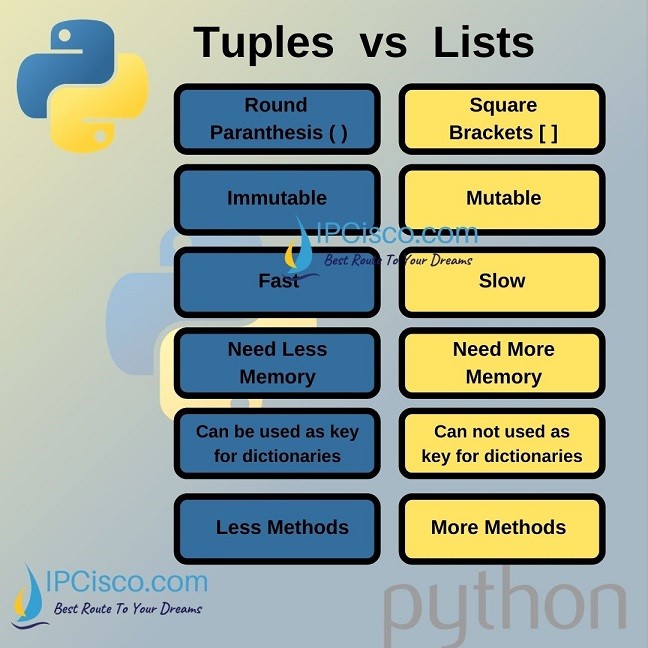
fruits = ['apple', 'banana', 'cherry']numbers = [1, 2, 3, 4, 5]
Key Features of Lists:
Indexing: List elements can be accessed using their index (position) in the list. Indexing starts from 0. Mutable: Lists are mutable, meaning you can modify them by adding or removing elements. Dynamic size: Lists can grow or shrink dynamically as elements are added or removed.Common Operations:
append(): Add an element to the end of the list. insert(): Insert an element at a specific position in the list. remove(): Remove the first occurrence of an element from the list. pop(): Remove and return an element at a specified position or the last one if no position is provided.
What are Tuples in Python?
In Python, a tuple is another built-in data structure that can store multiple items (or elements) of any type. However, unlike lists, tuples are immutable, meaning their contents cannot be modified once they're created.
Tuples are defined using parentheses () and elements are separated by commas:
colors = ('red', 'green', 'blue')numbers = (1, 2, 3)
Key Features of Tuples:
Immutability: Tuples are immutable, meaning their contents cannot be modified once they're created. Indexing: Tuple elements can be accessed using their index (position) in the tuple, just like lists. Fixed size: Tuples have a fixed size and cannot grow or shrink dynamically.Common Operations:
index(): Find the first occurrence of an element in the tuple. count(): Count the number of occurrences of an element in the tuple. len(): Get the length (size) of the tuple.
When to Use Lists vs Tuples:
Use lists when:
You need to modify the contents of the collection. You require a dynamic size for your collection.Use tuples when:
You want to ensure that the contents of the collection remain immutable. You prioritize efficiency, as tuples are faster and more memory-efficient than lists.In summary, lists in Python provide a flexible and mutable way to store collections of objects, while tuples offer an immutable and efficient way to represent fixed-size collections.




